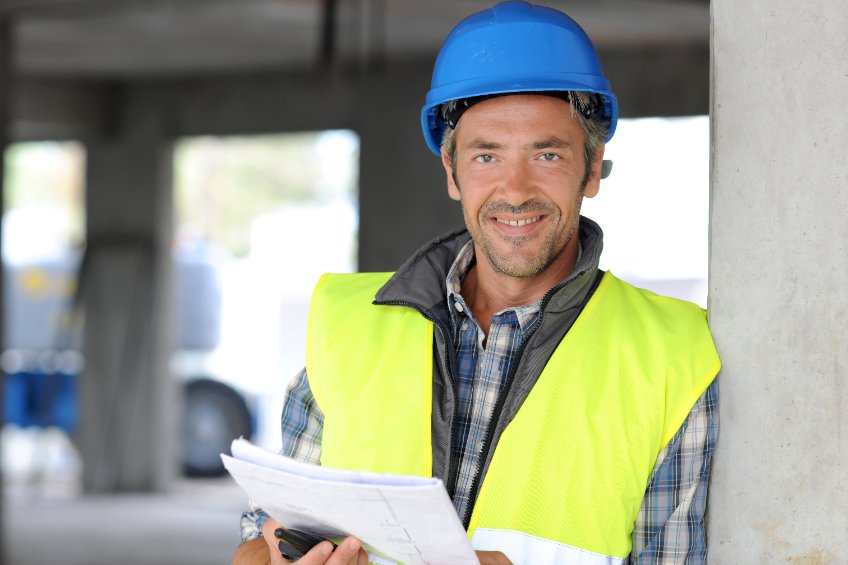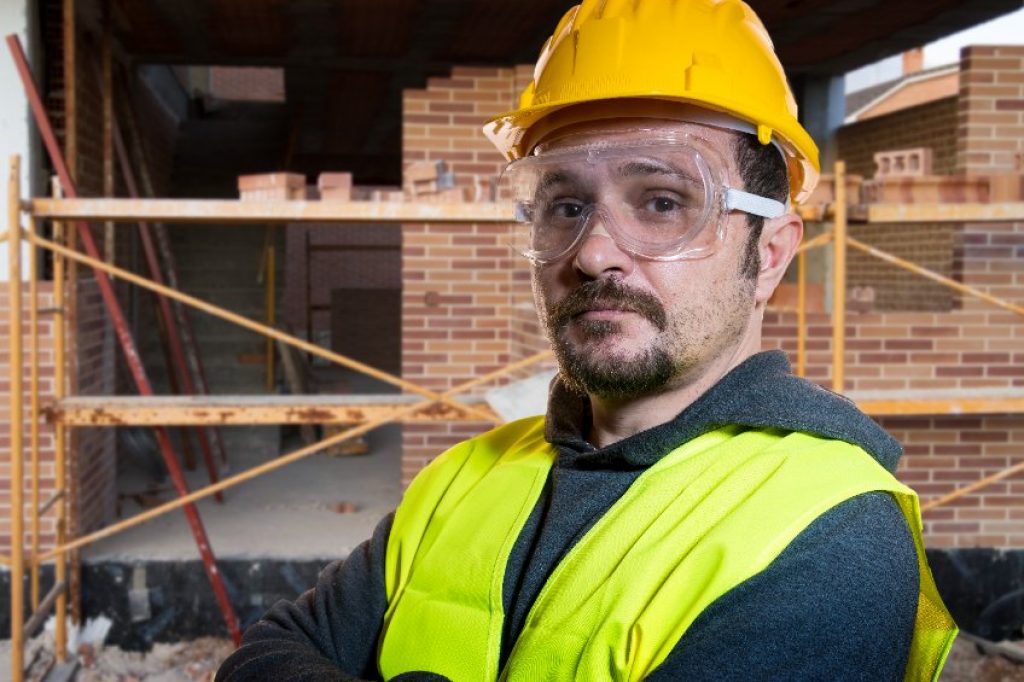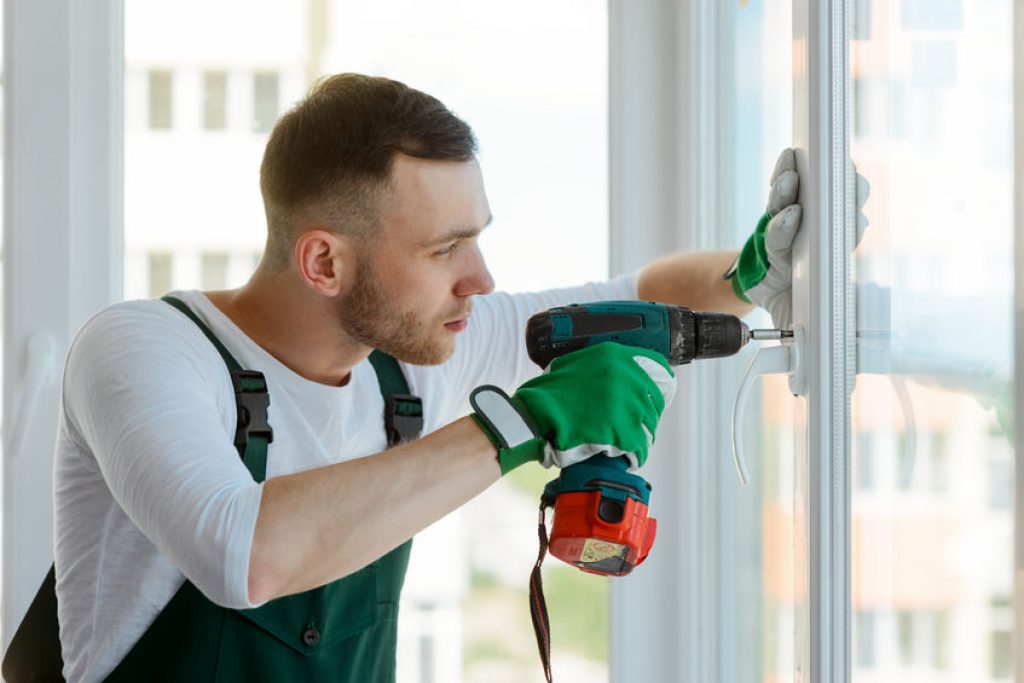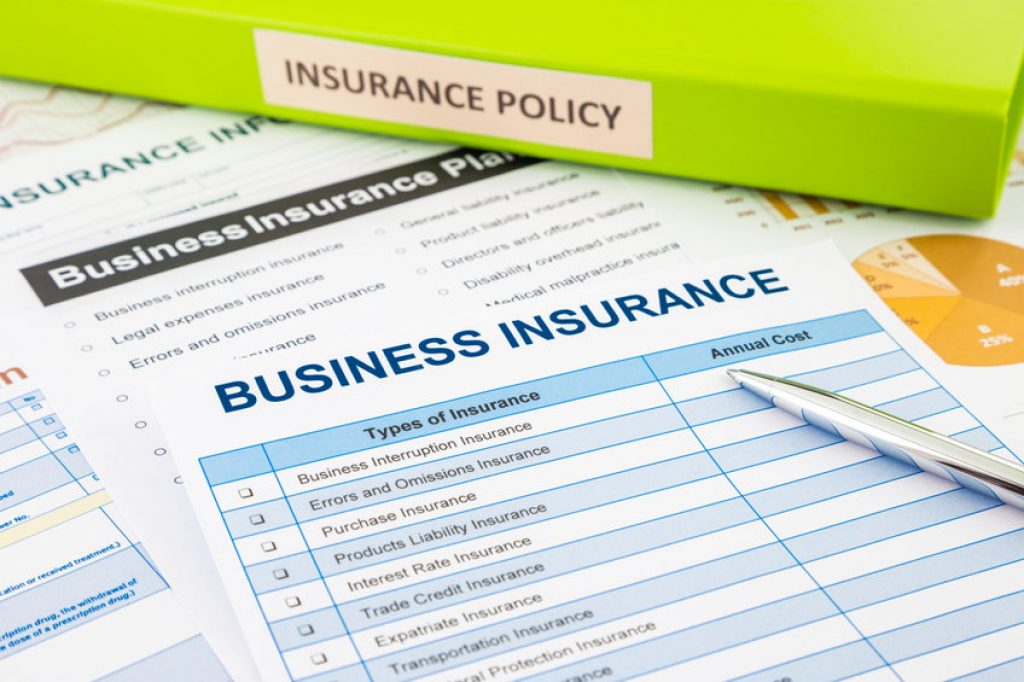
Working as a handyman can be a dangerous job. There are many potential hazards that you may encounter on the job, including power tools, nails, and other sharp objects. In order to stay safe while working as a handyman, there are some safety tips that you should keep in mind.
What Are You Looking For?
Choose and Get Your Free Quote:👇️
General Liability Insurance ->
Professional Liability ->
Product Liability Insurance ->
Commercial Auto ->
Workers Compensation ->
Commercial Property ->
Other Business Insurance ->
1. Always wear the proper safety gear when working on a project. This includes eye protection, gloves, a dust mask, and safety shoes.
How should eye protection be selected and used?
There are many types of eye protection available, and the type you use will depend on the project you’re working on. For example, if you’re working with power tools, you’ll need to wear safety glasses or goggles that protect your eyes from flying debris.
When selecting eye protection, make sure it’s rated for the type of work you’ll be doing. For example, glasses that are impact-resistant are necessary for working with power tools, but they won’t do much to protect your eyes from chemical splashes.
How should safety shoes be selected and used?
Safety shoes are an important part of any handyman’s safety gear. They should be comfortable and provide good support to reduce the risk of slips, trips, and falls.
When selecting safety shoes, look for a pair that has a slip-resistant sole and is made from durable materials. If you’ll be working in wet or oily conditions, make sure the shoes have good traction to prevent slips.
How should a dust mask be selected and used?
A dust mask is an important part of a handyman’s safety gear, especially if you’ll be working with power tools or other sources of airborne dust. When selecting a dust mask, make sure it’s rated for the type of work you’ll be doing.
For example, if you’re working with wood dust, look for a mask that’s rated for “nuisance level” dust. This will provide some protection, but it won’t filter out all of the particles. If you need more protection, look for a mask that’s rated for “nuisance level plus” or “HEPA” (high-efficiency particulate air) filtered masks.
How should gloves be selected and used?
Gloves are an important part of a handyman’s safety gear, especially if you’ll be working with power tools or other potentially hazardous materials. When selecting gloves, make sure they’re made from a durable material that will protect your hands from cuts, scrapes, and burns.
For example, leather gloves offer good protection from sharp objects, while Kevlar gloves can help protect your hands from heat and flames.
2. Use caution when working with power tools. Be sure to read the instructions carefully and always unplug the tool when not in use.
3. Be aware of your surroundings and take care to avoid trip hazards.
4. Keep your work area clean and free of clutter to avoid accidents.
5. When lifting heavy objects, be sure to use proper lifting techniques to avoid injury.
6. Follow all manufacturer’s instructions when using chemicals or other hazardous materials.
7. Never work alone on a project – have a helper nearby in case you need assistance.
8. If you are not experienced in a particular task, don’t be afraid to ask for help from someone who is.
9. Take frequent breaks to stay refreshed and alert while working on a project.
10. Most importantly, use common sense and always use caution when working on any type of project.
11. Electrification danger – Be especially careful when working around electrical wiring or outlets. Electricity can be dangerous if not used properly, so be sure to take all necessary precautions. Use appropriate electrical safety gear, such as rubber gloves and safety glasses, when working with electrical wiring.
Also, be sure to turn off the power before working on any electrical projects. Stay away from water when working with electricity – water and electricity can be a dangerous combination. If you are not experienced in electrical work, it’s best to leave it to a professional.
Risk assessment for handyman work
Working as a handyman can be a rewarding experience, but it’s important to always put safety first. By taking the time to assess the risks associated with your work, you can help ensure that you and those around you stay safe while you complete your projects.
There are a few key things to keep in mind when conducting a risk assessment for your handyman work:
1. Identify all potential hazards – Be sure to take into account both the physical and mental hazards that could be present in your work environment.
2. Evaluate the risks – Once you have identified all potential hazards, it’s important to evaluate how likely they are to occur and what kind of impact they could have.
3. Control the risks – After you have evaluated the risks, you can then put controls in place to help mitigate them. This may include things like wearing the proper safety gear, using caution when working with power tools, and keeping your work area clean and free of clutter.
4. Monitor the risks – Even after you have put controls in place, it’s important to continuously monitor the risks associated with your work. By doing so, you can make sure that any new hazards are identified and controlled before they have a chance to cause an accident or injury.
Insurance and licensing for handyman work
Depending on the type of work you do as a handyman, you may need to obtain insurance and/or a license before you can start your business.
Insurance – General liability insurance is a type of coverage that can protect you from financial losses if you are found responsible for damages or injuries that occur during your work. If you will be working with power tools or other potentially dangerous equipment, you may also need to purchase additional insurance coverage.
Licensing – Depending on the state in which you live, you may need to obtain a business license and/or a contractor’s license before you can start working as a handyman. You can typically find out what licenses are required by contacting your local city or county government office.
By taking the time to obtain the proper insurance and licensing, you can help protect yourself from financial liability if something goes wrong during your work.
By following these simple safety tips, you can avoid accidents and injuries while completing your handyman projects. Stay safe and happy DIY-ing!




















